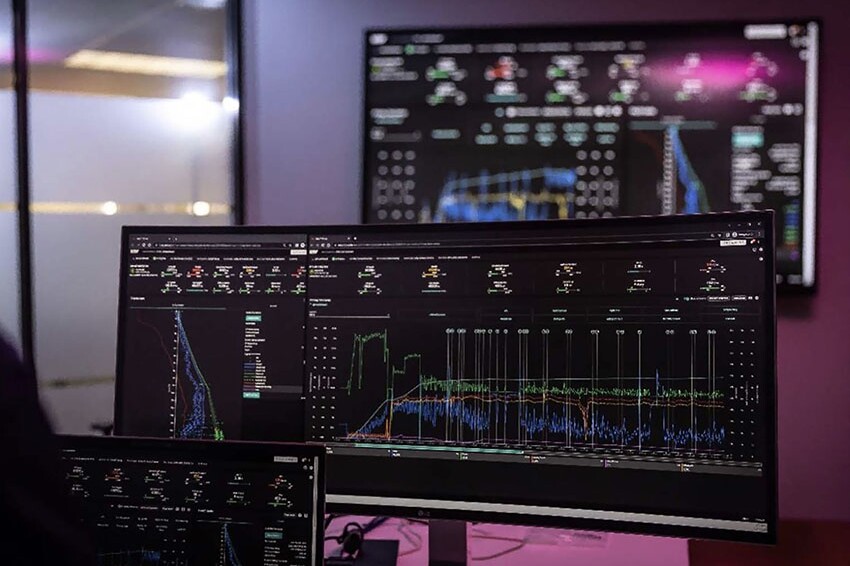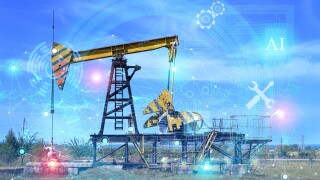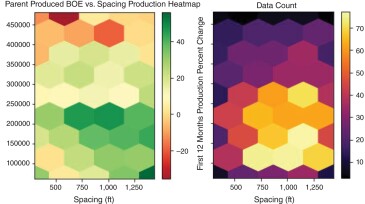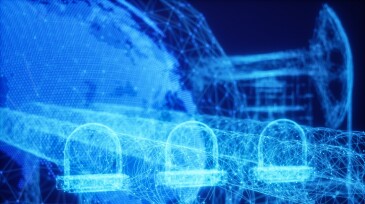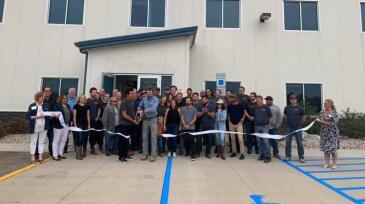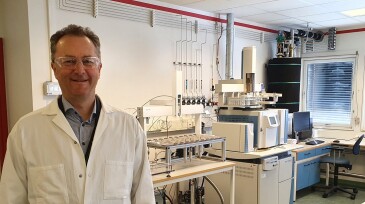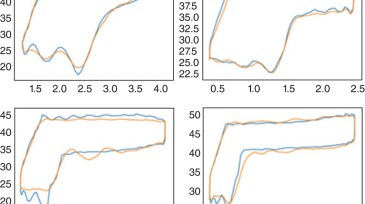Data mining/analysis
In today’s era of asset management, digital twins are changing risk management, optimizing operations, and benefitting the bottom line.
Over decades of exploration and production, the oil and gas sector has accumulated vast amounts of legacy data in various formats. Artificial intelligence and machine learning present an opportunity to transform how this unstructured data is processed and used, enabling significant improvements in operational efficiency and decision-making.
A roundtable discussion during CERAWeek pointed to the necessity of a mindset shift for the oil and gas industry to tap into AI’s true potential.
-
The authors of this paper present a system, developed to achieve data transmission using a time-division approach, that includes sealed chambers for microchip storage, a power-release device, and a circuit.
-
This paper presents agile technologies that integrate data management, data-quality assessment, and predictive machine learning to maximize asset value using underused legacy core data.
-
The authors write that child-well performance increases with spacing and decreases with infill timing and that the parent cumulative production at child-well completion is an effective indicator of child-well performance.
-
Digital systems are helping ensure US independent Diversified Energy continues to grow and optimize production from its mature assets.
-
This paper evaluates learnings from the past 30 years of methods that aim to quantify the uncertainty in the subsurface using multiple realizations, describing major challenges and outlining potential ways to overcome them.
-
Cryptocurrency is not the only game in town when it comes to using natural gas at the wellhead to reduce flaring. There are self-driving cars, the coming “metaverse,” language processing, chat bots, and more, all of which require advanced computing and a lot of energy. The demand is driving an expansion of services for Crusoe Energy.
-
This paper presents a screenout-classification system based on Gaussian hidden Markov models that predicts screenouts and provides early warning.
-
The two companies have teamed up in an attempt to cut downhole costs with a project that aims to extract more information from reduced data-acquisition programs.
-
The authors write that the application of electrical parameters to diagnose working conditions and meter production of pumping wells is the key to the low-cost Internet-of-Things construction.
-
This paper describes the application of a synthetic seismic-catalog-generation method followed by application of a neural network on a seismic data set for an oil-producing field in the North Sea.

